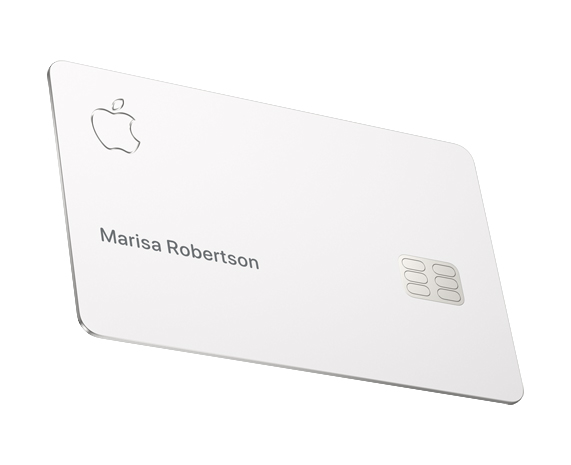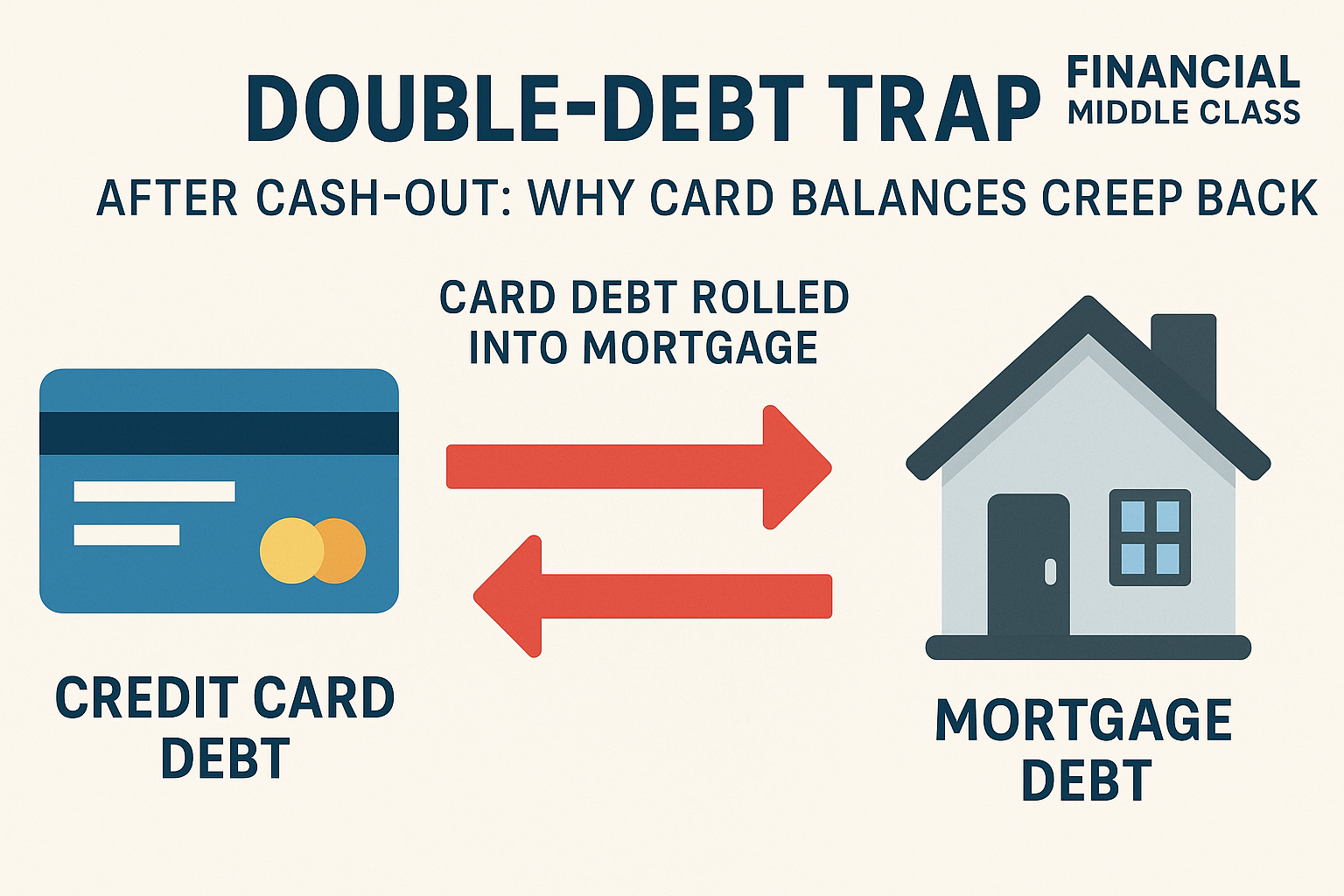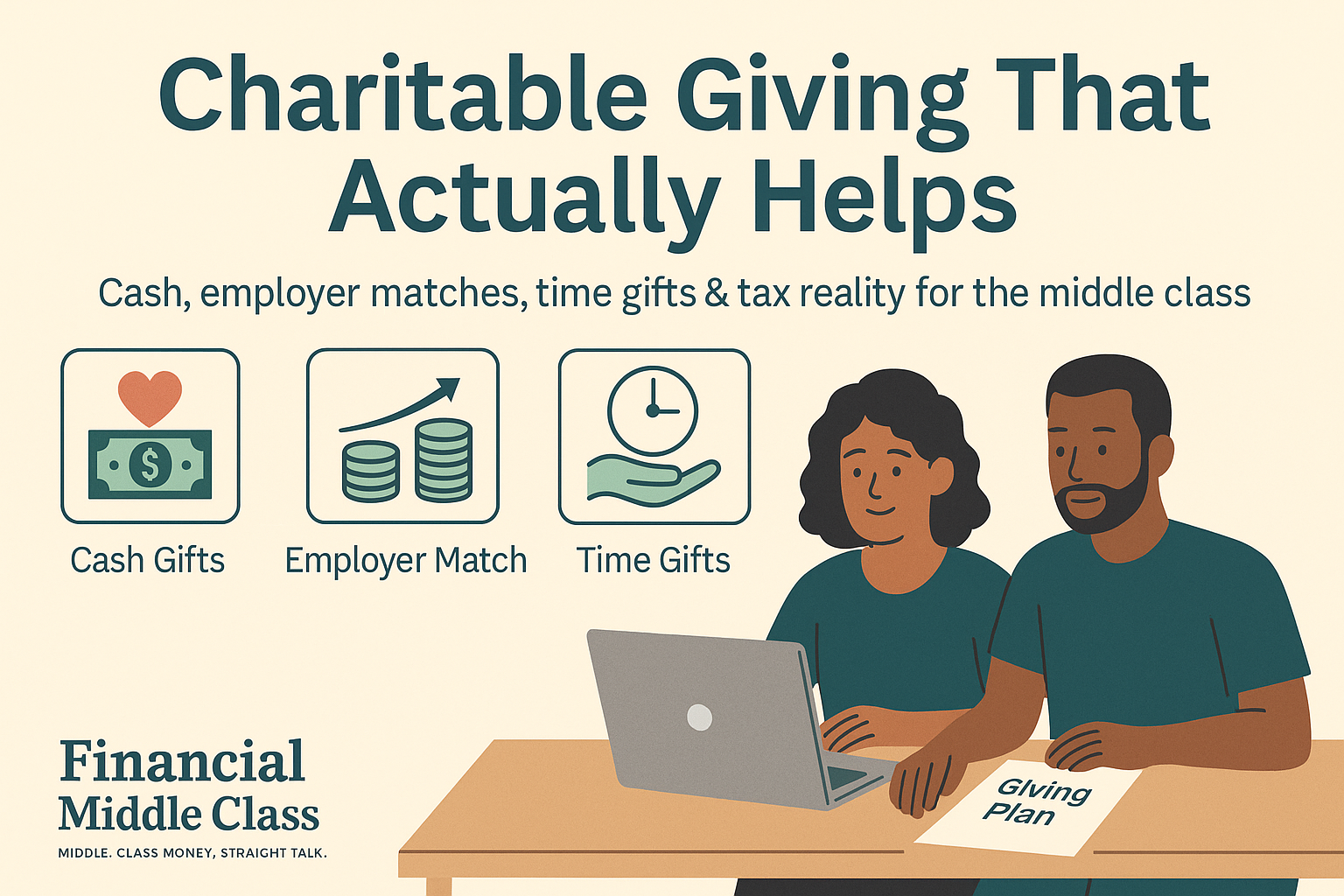
APPLE CARD IS HERE-SHOULD YOU APPLY?
By MacKenzy Pierre
The estimated reading time for this post is 164 seconds
The highly anticipated Apple Card has finally debuted, leaving many consumers wondering whether it’s worth applying for this new offering.
While the allure of an Apple-branded credit card may be strong, a closer look reveals that it shares many similarities with other credit cards in the industry.
To help you make an informed decision, let’s delve into the features and considerations surrounding the Apple Card.
Apple Card, at its core, functions as just another credit card. Its primary objective is to encourage spending, particularly on Apple products.
With a distinct focus on promoting its ecosystem, Apple offers an enticing 3 percent cashback on purchases made directly through its platform, in contrast to a standard 1 percent cashback on all other transactions.
Additionally, applicants must own a compatible iPhone with the latest iOS version, further emphasizing the company’s commitment to their ecosystem.
Requirements for Apple Card application include being at least 18 years old, depending on your location, and being a U.S. citizen or a lawful U.S. resident with a non-P.O. Box residential address. Military addresses are also acceptable. Moreover, owning a compatible iPhone with the latest iOS version is a prerequisite for eligibility.
The Apple Card stands out in a few areas by examining the terms and conditions. Firstly, it imposes no annual fee, making it an attractive option for those looking to avoid such charges. However, it does not offer any signup bonus, which may be a drawback for consumers seeking immediate rewards.
Regarding cashback, users can enjoy a generous 3 percent on Apple products and 1 percent on all other purchases. It’s important to note that the card’s Annual Percentage Rates (APRs) vary based on creditworthiness, ranging from 12.99% to 23.99%. TransUnion serves as the credit agency for Apple Card applications.
As an outlet dedicated to promoting the financial stability of the middle class, we must approach credit cards with caution. We do not endorse the hasty acquisition of an additional credit card simply due to its branding. Credit cards are notorious for their associated costs, and the presence of an Apple logo does not alter this fact.
If you find yourself in the market for a new credit card, diligently comparing financing terms is essential. Key factors to consider include the annual percentage rate (APR), balance transfer fees and APRs, and any potential annual fees.
These factors collectively contribute to the overall cost and suitability of the credit card for your specific needs.
Requirements
- Be 18 years or older, depending on where you live
- Be a U.S. citizen or a lawful U.S. resident with a U.S. residential address that isn’t a P.O. Box. You can also use a military address.
- own a compatible iPhone with the latest iOS version
Terms & Conditions
- Annual Fee: $0
- Signup Bonus: none
- Cash Back Details: 3% on Apple Products & 1% on everything else
- APR: Variable APRs range from 12.99% to 23.99% based on creditworthiness
- Credit Agency: TransUnion
In conclusion, while the Apple Card may appeal to avid Apple enthusiasts and loyal ecosystem participants, it is crucial to approach the decision to apply with an understanding of its features and implications.
Assessing your financial circumstances and comparing alternative credit card options will empower you to make a well-informed choice that aligns with your personal goals and financial stability.
Senior Accounting & Finance Professional|Lifehacker|Amateur Oenophile
RELATED ARTICLES
PMI Exit Plan: How to Remove PMI Faster and Reclaim Cash Flow
The estimated reading time for this post is 320 seconds PMI Exit Plan: How to Remove PMI and Reclaim Cash Flow Financial Middle Class | PMI Exit Plan – How to remove mortgage insurance faster and reclaim monthly cash flow....
The Double-Debt Trap After Cash-Out: Why Card Balances Creep Back
The estimated reading time for this post is 1163 seconds Home » Debt » Double-Debt Trap After Cash-Out The Double-Debt Trap After Cash-Out: Why Card Balances Creep Back Rolling card debt into your mortgage sounds smart, but it can trigger...
Leave Comment
Cancel reply

PMI Exit Plan: How to Remove PMI Faster and Reclaim Cash Flow

The Double-Debt Trap After Cash-Out: Why Card Balances Creep Back

Charitable Giving That Actually Helps (and Helps Your Taxes)
Gig Economy
American Middle Class / Nov 22, 2025
PMI Exit Plan: How to Remove PMI Faster and Reclaim Cash Flow
The estimated reading time for this post is 320 seconds PMI Exit Plan: How to Remove PMI and Reclaim Cash Flow Financial Middle Class | PMI...
By Article Posted by Staff Contributor
American Middle Class / Nov 21, 2025
The Double-Debt Trap After Cash-Out: Why Card Balances Creep Back
The estimated reading time for this post is 1163 seconds Home » Debt » Double-Debt Trap After Cash-Out The Double-Debt Trap After Cash-Out: Why Card Balances...
By Article Posted by Staff Contributor
American Middle Class / Nov 20, 2025
Charitable Giving That Actually Helps (and Helps Your Taxes)
The estimated reading time for this post is 697 seconds Charitable Giving That Actually Helps (and Helps Your Taxes) You’ve probably had this moment: you’re juggling...
By Article Posted by Staff Contributor
American Middle Class / Nov 20, 2025
Kid Magic on a Budget: Memory-First Traditions: Low-cost rituals that outlast the plastic toys forgotten by February
The estimated reading time for this post is 906 seconds Home › Family & Money › Kid Magic on a Budget Kid Magic on a Budget:...
By Article Posted by Staff Contributor
American Middle Class / Nov 20, 2025
Scams, “Limited Time” Pressure, and Fake Charity Drives
The estimated reading time for this post is 1364 seconds Scam Red Flags, “Limited Time” Pressure, and Fake Charity Drives A red-flag checklist and two-step verification...
By Article Posted by Staff Contributor
American Middle Class / Nov 19, 2025
Balancing Emotions and Money When the Holidays Hit Hard
The estimated reading time for this post is 1322 seconds Every year, somewhere between the first Christmas commercial and the last day of school before winter...
By MacKenzy Pierre
American Middle Class / Nov 19, 2025
New IRS Retirement Limits for 2026: Will You Actually Use Them?
The estimated reading time for this post is 756 seconds Americans can put more into 401(k)s, IRAs, and SIMPLE plans in 2026—and higher earners will see...
By Article Posted by Staff Contributor
American Middle Class / Nov 19, 2025
Behind on Your Mortgage? A Step-by-Step Guide to the Foreclosure Process
The estimated reading time for this post is 1060 seconds In October, lenders started the foreclosure process on more than 25,000 homes across the country —...
By Article Posted by Staff Contributor
American Middle Class / Nov 16, 2025
It’s Not About How Much You Make — It’s How Much You Keep
The estimated reading time for this post is 504 seconds Many Americans are earning more than ever, but far too many have almost nothing to show...
By Article Posted by Staff Contributor
American Middle Class / Nov 15, 2025
Portable Mortgages: Why the Middle Class Should Be Able to Take Their 3% Rate With Them
The estimated reading time for this post is 1209 seconds If you’re sitting on a 3% mortgage right now, congratulations — and I’m sorry. Congratulations, because...
By Article Posted by Staff Contributor
Latest Reviews
American Middle Class / Nov 22, 2025
PMI Exit Plan: How to Remove PMI Faster and Reclaim Cash Flow
The estimated reading time for this post is 320 seconds PMI Exit Plan: How to...
American Middle Class / Nov 21, 2025
The Double-Debt Trap After Cash-Out: Why Card Balances Creep Back
The estimated reading time for this post is 1163 seconds Home » Debt » Double-Debt...
American Middle Class / Nov 20, 2025
Charitable Giving That Actually Helps (and Helps Your Taxes)
The estimated reading time for this post is 697 seconds Charitable Giving That Actually Helps...



